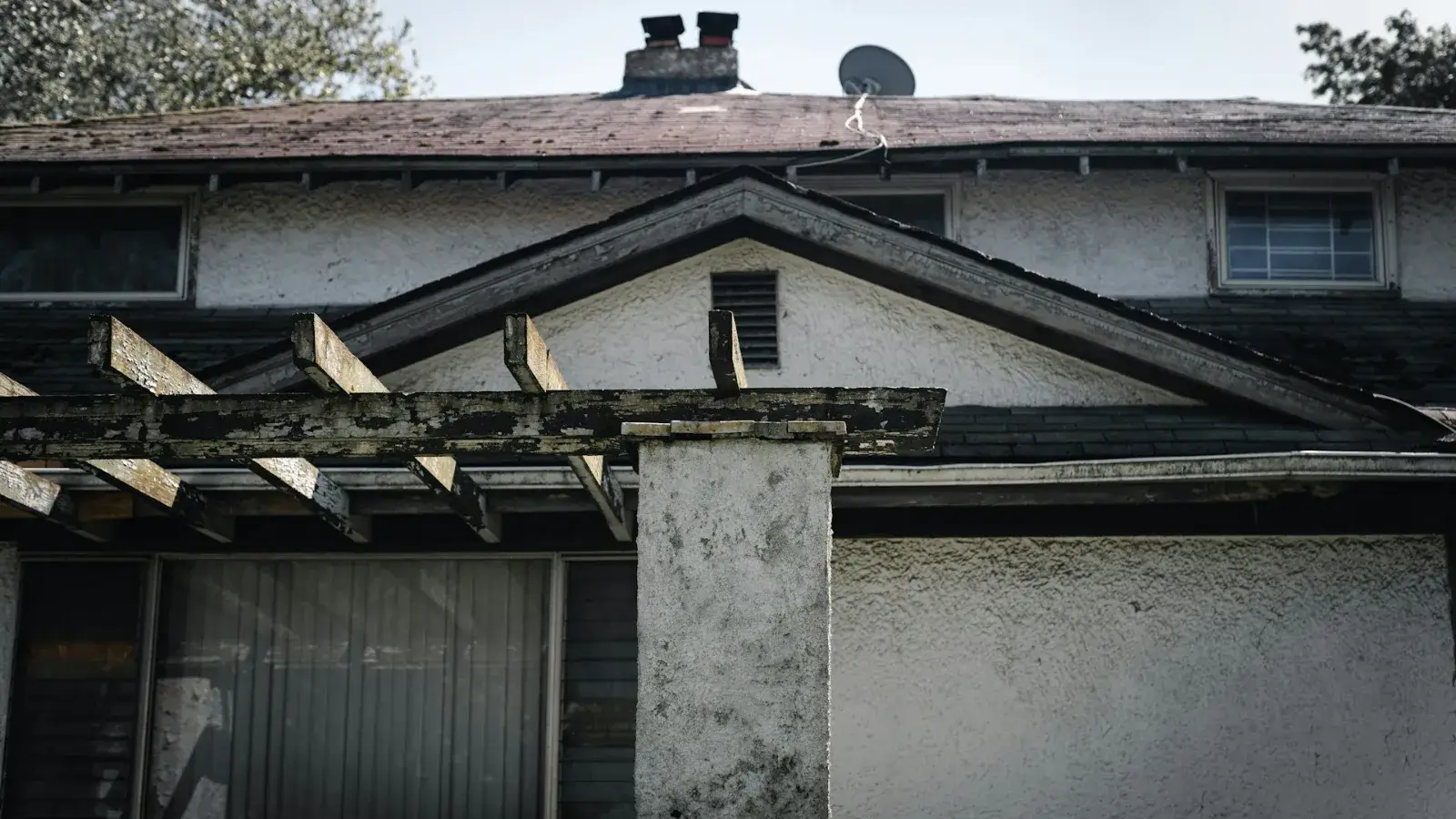


I used to think of my house as a fortress—solid walls, sturdy roof, dependable systems. I assumed that if anything were seriously wrong, I’d see it, or hear it, or at least notice something felt off. I paid my bills, replaced filters when I remembered, and patched leaks if I saw them.
But homes don’t always cry out when they’re in trouble. Sometimes they whisper, and if you’re not listening, the damage adds up quietly, in places you rarely check.
The wake-up call didn’t come from a massive disaster. It wasn’t a hurricane or a wildfire. It wasn’t a flooded basement or a collapsed ceiling. It was a single afternoon in late August when my house—my fortress—smelled like something was burning.
The odor wasn’t strong, just odd. A little like burned toast, but more chemical. I checked the outlets. The oven. The attic fan. Nothing. A couple of windows were open, and I convinced myself it was probably coming from outside. Maybe a neighbor’s grill or a nearby burn pile. I closed the windows. I lit a candle.
Two days later, my smoke alarms chirped—not in alarm, but in complaint. The batteries were fine. Still, the scent lingered.
That was the moment I stopped assuming everything was fine just because I couldn’t see flames or water dripping from the ceiling.
What I’ve learned since then is that the biggest threats to a home aren’t always loud. Smoke can enter from a nearby fire miles away and settle into your ventilation system. Moisture can seep under your flooring from a minor appliance leak, slowly inviting mold.
I brought in a professional to inspect everything. That’s when I heard the phrase “fire damage restoration” used in a context I hadn’t expected. The team pointed out soot residue near the attic vents—likely from wildfire smoke drifting in during a dry, windy week. No visible fire damage, no scorched walls, just fine particles clinging to insulation and air returns.
And then came the second hit: signs of water buildup behind the washing machine. A slow leak, probably from a loose connection, was saturating the wall over time. The vinyl baseboard looked perfect. But inside, the drywall was damp and spongy.
The technician didn’t seem surprised. “This is pretty common,” they said. “It’s often not the dramatic stuff—it’s the quiet stuff.” That stuck with me.
I started walking through the house differently after that. I didn’t just look—I listened. I sniffed. I touched the walls. I watched how water drained in the tub, how the air smelled in the closets, how long the fan ran after a hot shower.
In the kitchen, I found the underside of the sink cabinet warped from years of tiny drips. In the garage, I noticed rust stains on the water heater platform. Upstairs, I realized the attic insulation had settled weirdly around one of the vent stacks—likely an entry point for both air and moisture.
Each of these things felt small. But together, they were signs of a house calling out. The structure hadn’t failed yet—but it was softening, aging, absorbing threats too subtle to sound the alarm.
I don’t think most people are negligent. I wasn’t. I think we just wait too long to take action because we think damage should be obvious. We’re trained to respond to the dramatic—smoke pouring out of windows, water gushing down the stairs.
But restoration isn’t just about reacting. It’s about recognizing what’s already been happening while we were busy looking elsewhere.
Fire damage restoration, I realized, doesn’t always follow flames. Sometimes, it follows smoke—the fine soot that slips in through vents, rests in ductwork, and stays there, affecting air quality and leaving odors behind.
Likewise, water damage restoration doesn’t always begin with floods. Sometimes it starts with slow drips that saturate wood framing. Sometimes it’s condensation from an air conditioner that wasn’t draining properly. Sometimes it’s just time, moisture, and neglect teaming up.
After my inspections and initial cleanup, I didn’t just patch things. I made a list—an actual checklist I now walk through each season. It’s not fancy, and I’m sure there are smarter home management systems out there, but it keeps me tuned in. Some of the things on my list now:
Open every cabinet under sinks once a month
Run the exhaust fan five minutes longer after showers
Test the attic for moisture after extreme temperature swings
Look for rust at the base of appliances
Smell, yes smell, around the windows and doors after a storm
And once a year, I walk through the whole house with a thermal moisture meter I picked up online. I’m not trying to be a restoration expert. I just want to know when something’s not right—before it becomes something big.
One thing I appreciated during my home’s evaluation process was how clearly everything was explained to me. I wasn’t handed a list of expensive repairs. I was given options, education, and perspective.
The team I worked with—Secure Restoration—wasn’t trying to sell me panic. They just helped me understand the science behind what I couldn’t see.
It was their inspection that made me realize restoration isn’t always about emergency response. It’s just as much about long-term prevention. And it’s not a one-time service. It’s a mindset.
People think of restoration as rebuilding what was lost. But I’ve started thinking of it as protecting what hasn’t been lost yet.
By tuning in to what my home is trying to say—through moisture, odor, discoloration, subtle changes—I feel more connected to the space than ever. I’m not waiting for alarms to go off. I’m watching, listening, responding earlier.
Because sometimes, the damage doesn’t begin with disaster. It begins with silence.
And all it takes to avoid it—is to start paying attention.